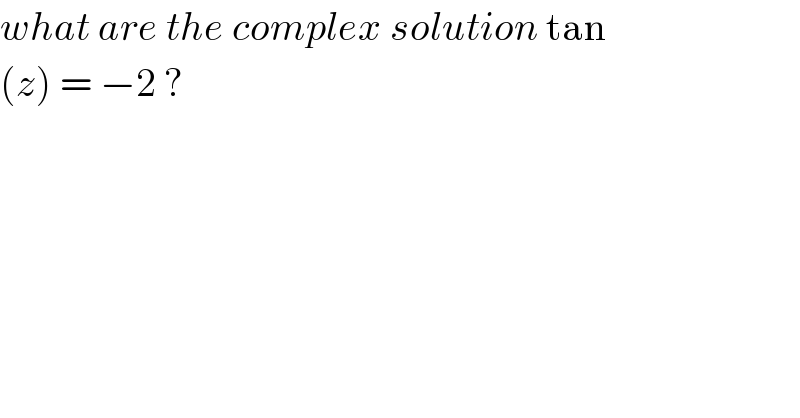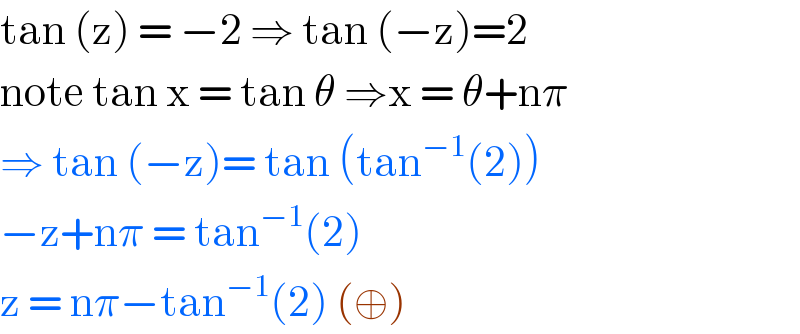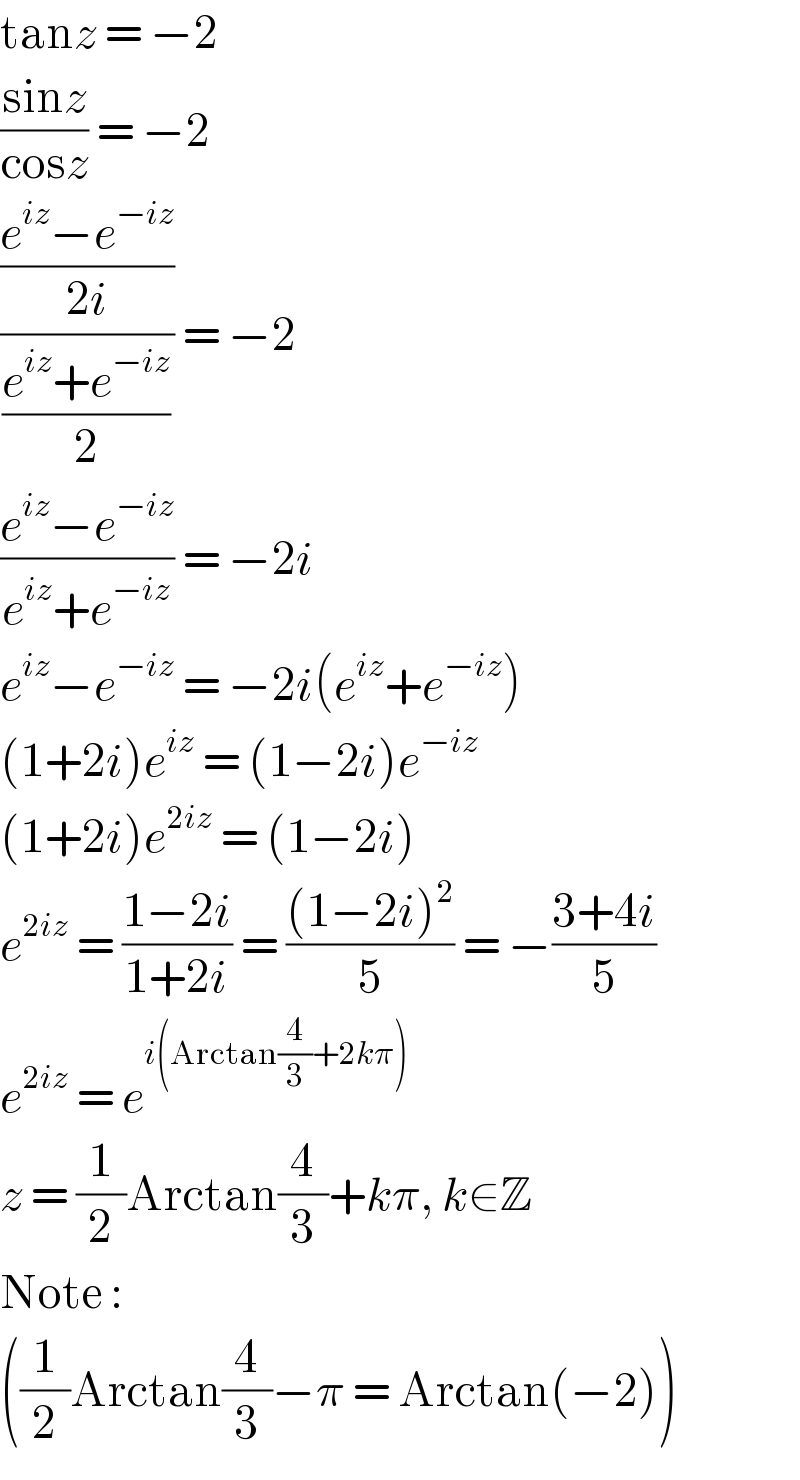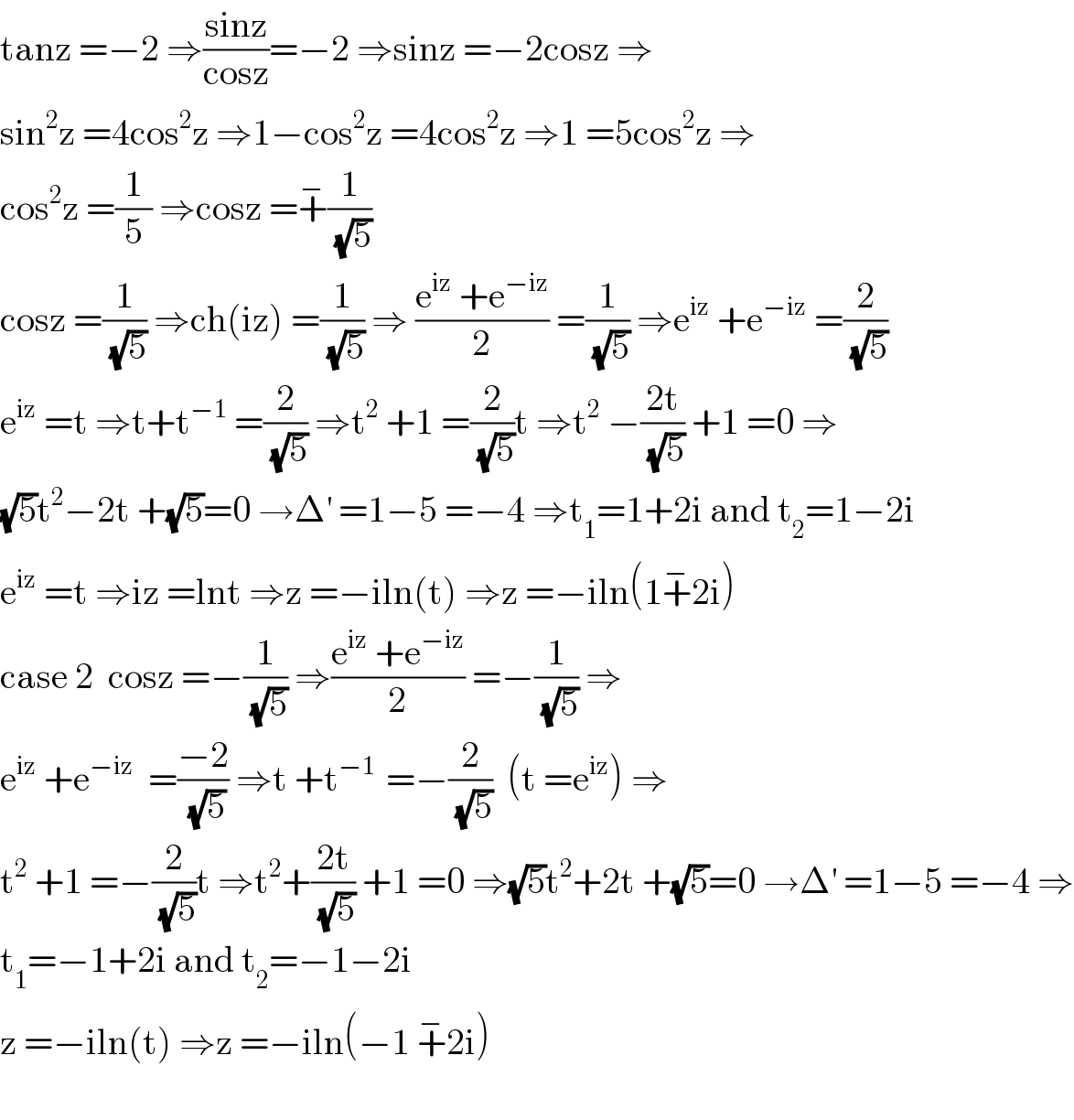
Question and Answers Forum
Question Number 103459 by bemath last updated on 15/Jul/20

Commented by mr W last updated on 15/Jul/20

Commented by bemath last updated on 15/Jul/20

Commented by mr W last updated on 15/Jul/20

Commented by bobhans last updated on 15/Jul/20

Commented by mr W last updated on 15/Jul/20

Commented by bramlex last updated on 15/Jul/20

Answered by OlafThorendsen last updated on 15/Jul/20

Answered by mathmax by abdo last updated on 15/Jul/20

Commented by mr W last updated on 15/Jul/20

Commented by mathmax by abdo last updated on 16/Jul/20

